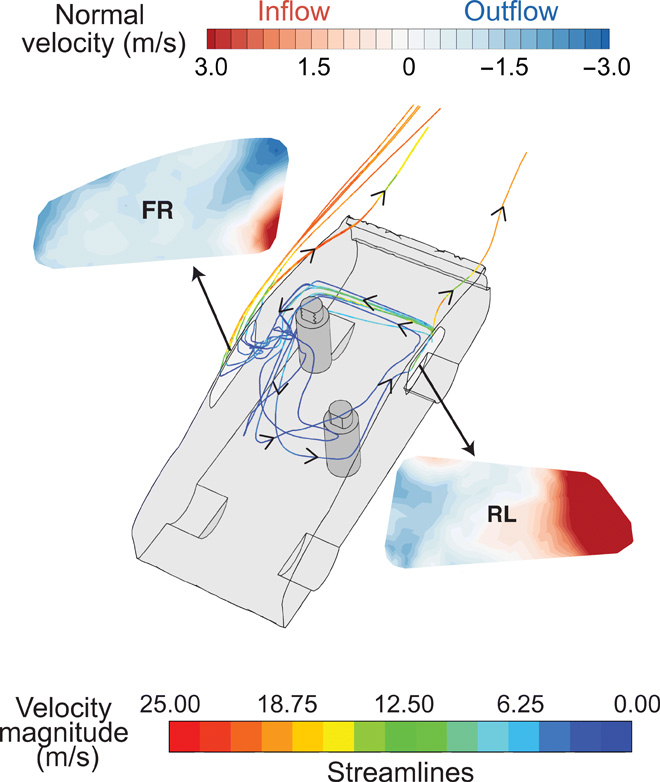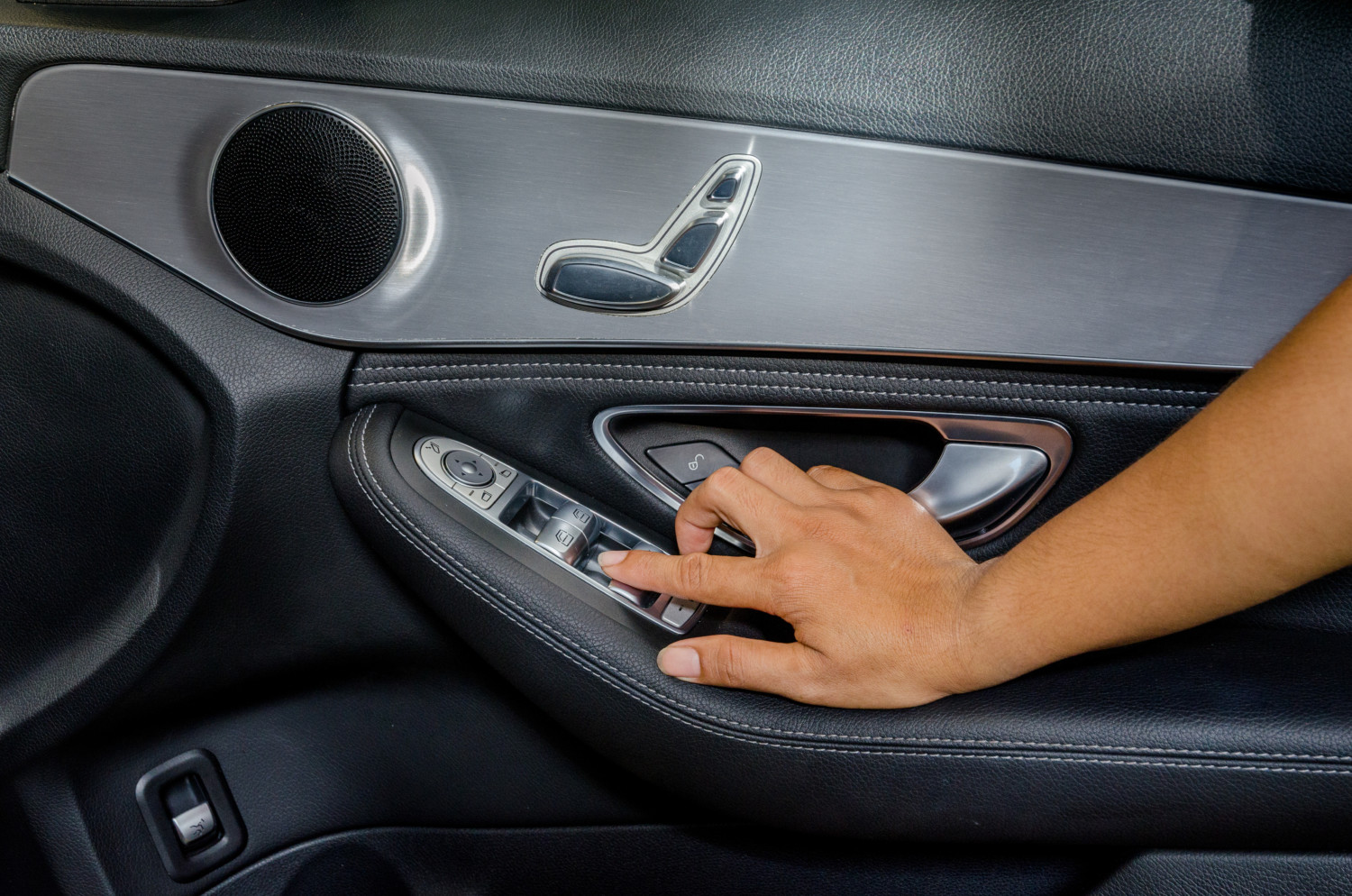Researchers have been studying airflow on airplanes since the start of the coronavirus pandemic, but you’ve probably had questions about how the virus might spread while you’re traveling by vehicle. The Centers for Disease Control and Prevention recommends wearing masks and improving ventilation when you’re stuck in a vehicle with people from outside of your household. But how does the air flow in a car when you roll down the windows? Does it matter which windows you open?
A new study presents some notable information that could cause you to rethink your approach to driving and riding in a car during the pandemic.
Researchers at Brown University used computer simulations to study how airborne particles circulate inside a car. The results are in Science Advances, a peer-reviewed scientific journal. Simulating a small car with a driver and a passenger, with the passenger in the back seat on the passenger side (opposite the driver), traveling at 50 miles per hour, the researchers studied the air circulation in the cabin.
The results suggest that open windows might help protect everyone in the vehicle from infectious diseases, including COVID-19.

The best option is to roll down all the windows and use the fresh air mode for the vents, which increases ventilation and decreases transmission risk for both the driver and the passenger. However, if you can’t open all the windows, a specific configuration of open and closed windows showed promising results.
“One might imagine that people instinctively open windows right beside them while riding with a co-passenger during the pandemic. That may not be optimal — though it’s better than opening no window,” Varghese Mathai, an assistant professor of physics at University of Massachusetts Amherst and lead author of the study, said in a statement.

Rather, their research suggests that opening the windows farthest from the driver and the passenger — in this configuration, the front passenger-side window and the rear driver-side window — could reduce infection risks for both by improving air circulation.
“To our surprise, the simulations showed an air current that acts like a barrier between the driver and the passenger,” Mathai said.
He pointed out that wearing a mask is still important inside a car, but open windows should help to reduce the pathogen load. Keeping all windows closed and recirculating the air is considered the riskiest approach.
This story originally appeared on Simplemost. Checkout Simplemost for additional stories.


